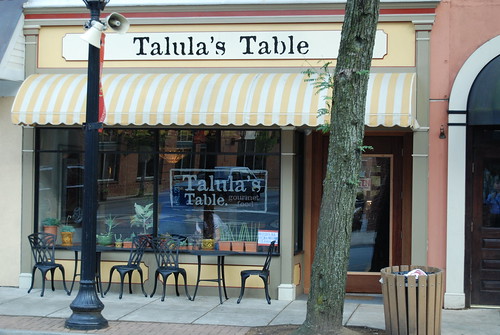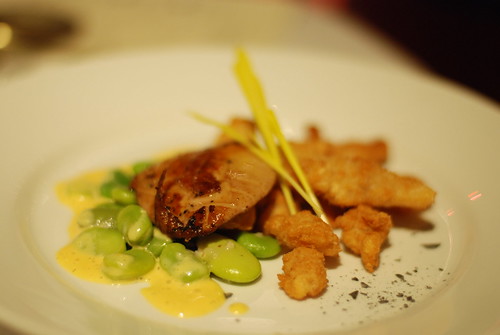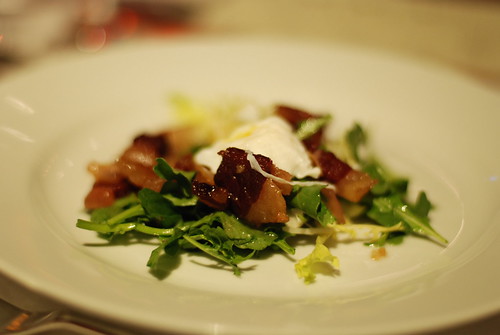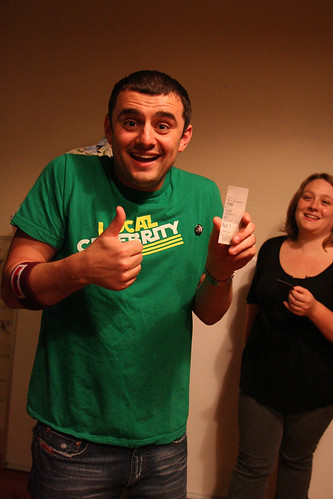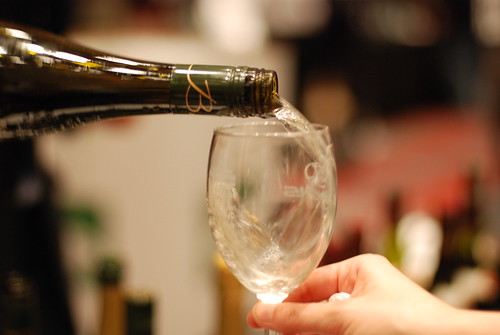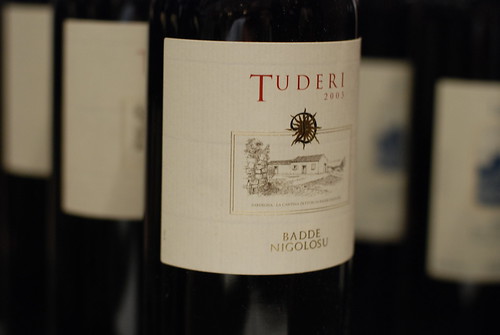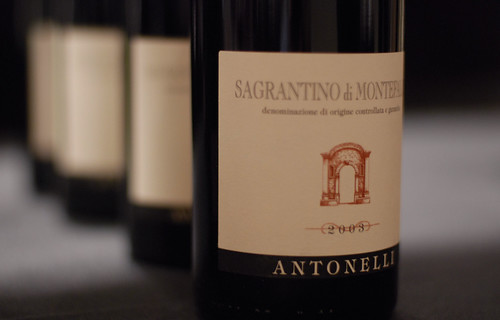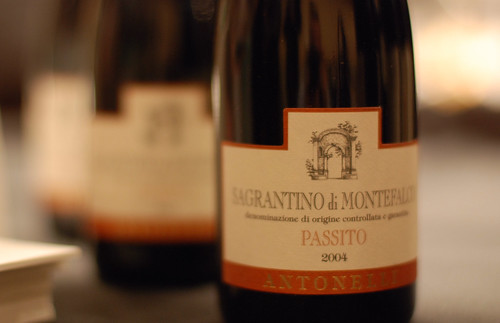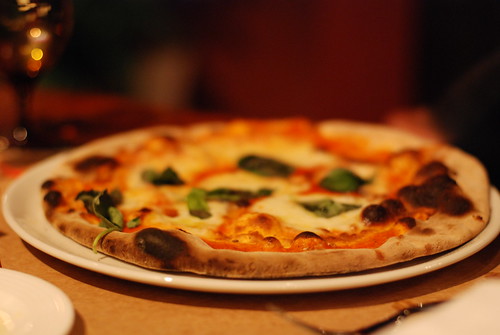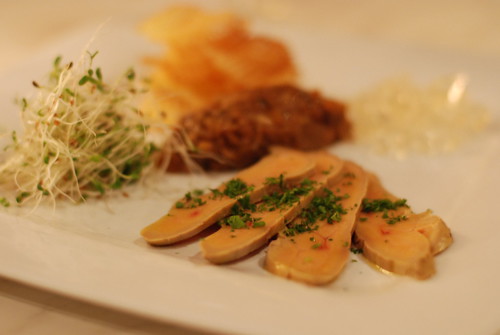Foie Gras Wars
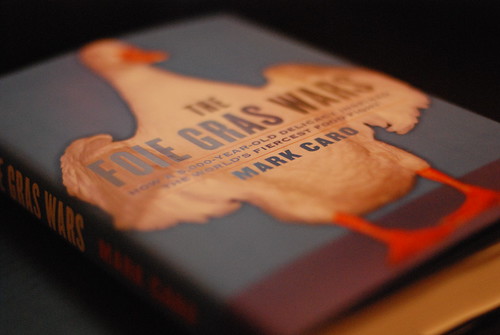
“I like geese,” film critic Roger Ebert said, “but their livers seem to bring out the worst in people….”
Truer words were never spoken. And Philadelphia knows this all too well.
Ebert’s quote appears on the back jacket of the new book “Foie Gras Wars” by Chicago Tribune reporter Mark Caro. Chicago, Ebert and Caro’s town, was at the genesis of what Caro describes as “the world’s fiercest food fight.” And in this new book, Caro provides—for lack of a better phrase—a bird’s eye view of the entire deliciously sordid controversy.
No version of the story would be complete without including Philadelphia, of course. And two full chapters of Caro's book are dedicated exclusively to the drama that unfolded here in the City of Featherly Love.
There is much to appreciate about Caro’s telling of our little slice of the story. Caro spent some time in Philly as a student at Penn, so he knows the landscape. But he's also enough of an outsider that he brings a unique perspective to our saga. Moreover, even if you followed the issue closely as it was unfolding, Caro conducted sufficient independent research for the book (including new interviews and, apparently, reading court transcripts) to make the story fresh again.
But what I enjoyed most about the Philly chapters, even more than Caro’s playfully irreverent tone, was his ability to capture the characters at play, including David Ansill (chef and owner of Ansill), Nick Cooney (head of the Humane League, f/k/a/ Hugs for Puppies), City Councilman Jack Kelly, and Terry McNally (co-owner of London Grill). Regardless of whether you hold a fork or a picket sign in this debate, it won’t take long before you’re laughing out loud. Here’s an example:
Nick Cooney has a friendly face and a demeanor that says Polite Young Man. His brown hair is parted in the middle and has a bit of fluffiness to it. His almond-shaped hazel eyes draw you in with their earnest focus, while his small mouth rests in the position of a perpetual sigh. His nose is prominent but in harmony with a long, lean face that suggests a softer Adrien Brody. He wears button-down oxford shirts that tuck easily into his slim-cut jeans or khakis. He looks like the kind of guy you’d want your college-grad daughter to bring home, though that appeal isn’t limited to the twentysomething set.To find out exactly why Cooney was enjoined, you'll have to read the book. Or you can ask Caro yourself; I understand he'll be at the Penn Book Store on April 7 promoting his book.
“The first time I saw Nick Cooney, I wanted to fuck him,” said Terry McNally, the late-fortysomething co-owner of the London Grill.
Cooney is not legally allowed to come within 50 feet of her restaurant or house.
But I will say this: I interviewed Nick Cooney in person for a piece I wrote for City Paper. And although Caro’s description of Cooney is accurate, I cannot say that I shared McNally’s sentiments.
No offense, Nick. My wings just don’t fold that way.
Read More....


